The textiles industry in the United States is changing, and coming back to a town (or neighborhood) near you. It will not look anything like the large-scale manufacturing of textiles of 20-50 years ago. But it will fit right into local economic development plans and create opportunities for small-scale production in our rural towns and our urban neighborhoods.
But if we want to help bring these jobs and opportunities back to our communities, we need to integrate them into our economic development and real estate plans.
Textile industries are one sub-sector of small-scale manufacturing. These are businesses focused on production using any kind of cloth or woven fabric. This includes clothes, but also bedding, bags, belts – you get the picture. The supply chain in this industry has many different types of businesses, including designers, pattern and sample creators, cut and sew producers, distributors, machinists, and of course the material creators.
The 1980’s and 1990’s saw the near total destruction of our domestic textile industry as the factories moved to cheaper labor markets. Large textile plants all over North Carolina shut down during those years, leaving thousands of people out of work. But now, local business leaders from those plants and new entrepreneurs are getting back into the business and bringing textiles back to town.
Today, new textile designers can launch their businesses with low overhead and fairly low risk. They can begin their work from home and/or work on their first products part-time to test the market. The need for tools at the start is minimal – a used sewing machine is often all they need.
Even at scale, the successful textile businesses of today are very different. The small-scale manufacturers are creating a competitive edge for domestic textiles by:
Dividing the different phases of the work among a series of specialized small businesses,
Focusing on custom products for the U.S. market,
Providing designers with shorter lead times, quick turnaround production, and small batch runs, and,
Producing refined detail work and high-end products.
There are initiatives across the country supporting this new business growth. A few “Best in Show” include:
Hawaii: The Hawaii Fashion Incubator (HIFI) in Honolulu provides designers with training to develop their products, produce samples, construct marketing plans, and identify both local and mainland producers for product runs. The incubator also promotes the other parts of the fashion industry – from make-up to show production to photography – to develop the fashion industry locally. HIFI is a key hub to the industry with its central location next to downtown.
New York: The New York City Economic Development Corporation supports a number of NYC initiatives. NYCEDC invested in the CFDA Fashion Incubator that provides 10 fashion startups in New York City with business development support for two-year periods to launch new products. The new Manufacturing Innovation Hub for Apparel, Textiles and Wearable Tech in Brooklyn, awarded $3.5 million in 2014, is a major investment in 160,000 square feet for production and incubation of textiles in Brooklyn. The project is still in the development process, but with leadership from Manufacture NY, it has a strong basis to expand the industry. These initiatives keep both designers and producers in the city.
Carolinas: The Carolina Textile District launched in 2013 connects the small-scale textile industries across the Carolinas to create a one-stop shop for textile producers. They link businesses across the supply chain and work with entrepreneurs to both vet new concepts and take new products to market. Through this network, they can produce 50 or 50,000 of a product for textile businesses. The District links businesses across many rural towns and cities throughout the Carolinas.
Indiana: Pattern Indy brings together designers, textile producers and the fashion industry through its magazine, neighborhood retail store and local meetups. It works with local brands like Vardagen and Mercurious Designs to promote local products and connect businesses with growth opportunities. It is also a key partner to create a new makerspace, Ruckus, in a redevelopment project in Indianapolis that will significantly invest in textile production tools.
The textile sector has great new energy in it – both from industry manufacturing veterans and entrepreneurial designers.
There are a number of issues to note for communities and businesses interested in following this route:
Small-scale textile manufacturing is a low margin business. Opportunity Threads, a core manufacturing company in the Carolina Textile District based in Morganton, NC, is a worker-owned business. They built the business with veterans of the Carolina textile industry who have 15-20 years experience. And they are based in a rural town where $40,000 is a living wage that allows you to buy a house (median price is $100,000) and save money for your kid’s college.
Designers and sole-proprietor maker industries can be successful in higher cost areas if they are careful about the cost of their production and understand the premium items in demand in their market. Textile producers often succeed in cities like NYC or Washington D.C. because they are positioned to create custom goods for high-end clients.
E-commerce and industry sites like Maker’s Row and Etsy play key roles connecting designers and sole-proprietors with small-scale manufacturing sites so their products can scale more easily.
As we cultivate these businesses in our communities, initiatives such as these will be key for manufacturing in our cities to grow in an economically sustainable way. There are many successful examples – we just need to look closely at recent business changes and think carefully about each community’s market context.
All photos credits are Recast City unless otherwise noted.

